Are you struggling to create an effective training program for young tennis players? Do you find it challenging to balance fun and skill development while considering their age and abilities?
Many coaches and parents face this dilemma. They want to help young players improve, but often end up pushing too hard or using methods that aren’t suitable for their age. This can lead to burnout, injuries, and even a loss of interest in the sport.
Imagine watching your young players lose their love for tennis because of improper training. Picture them struggling with techniques that are too advanced, or worse, getting hurt due to exercises that aren’t right for their growing bodies.
But don’t worry! There’s a solution. Age-appropriate training for young tennis players is the key to nurturing their skills and passion for the game. By understanding developmental stages and tailoring your approach, you can create a program that’s both fun and effective.
In this blog post, we’ll guide you through age-specific training methods, from fun fundamentals for little ones to advanced strategies for older players. We’ll cover mental training, balancing technique and tactics, and even how to incorporate technology. By the end, you’ll have the tools to create a training program that not only improves skills but also fosters a lifelong love for tennis.
Table of Contents
Understanding Developmental Stages
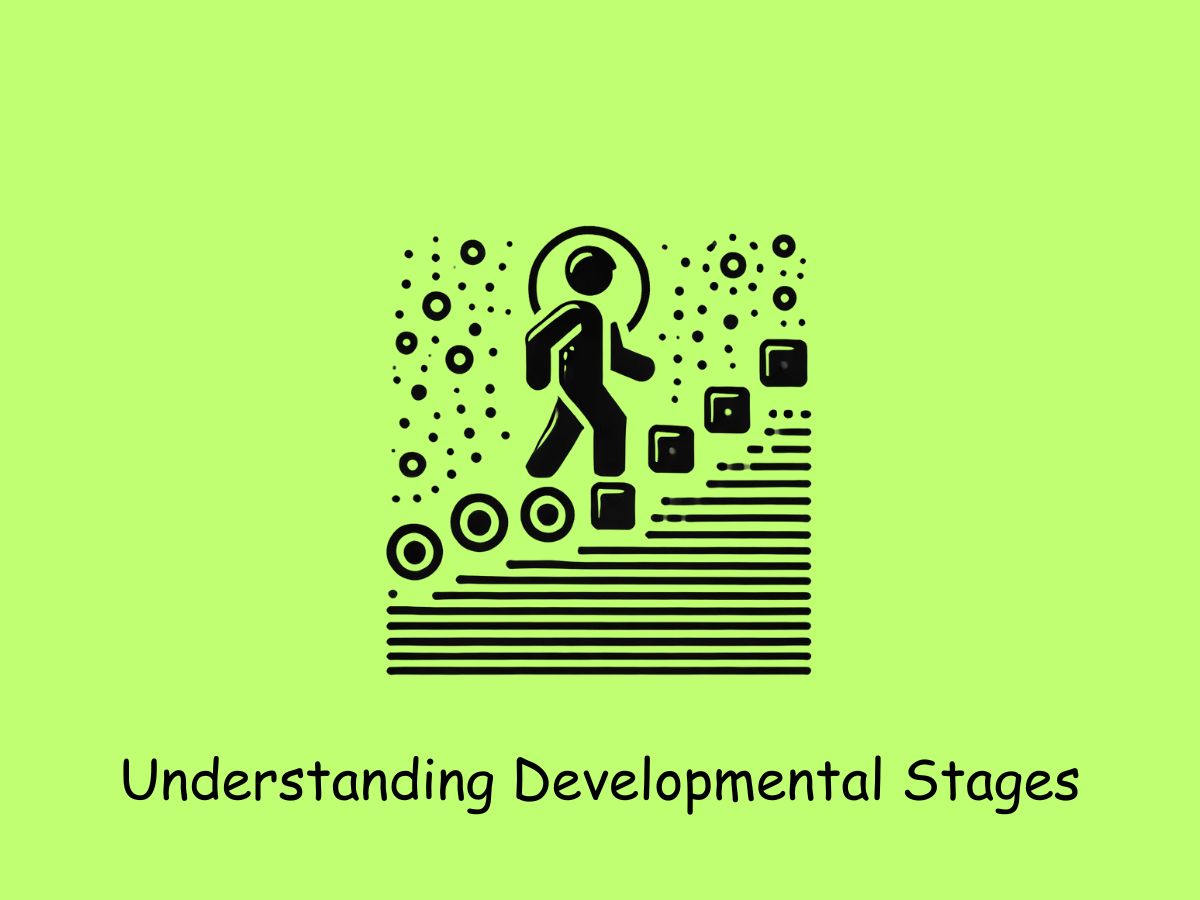
When it comes to teaching tennis to young players, it’s crucial to understand their developmental stages. Every child grows and learns at their own pace, so a one-size-fits-all approach doesn’t work. The LTA Youth programme, for example, breaks down training into different stages based on age groups1. This allows coaches to tailor their methods to suit the physical and mental capabilities of each age group.
For the youngest players, aged 4-6, the focus is on building strong foundations. At this stage, it’s not about perfecting tennis techniques. Instead, the goal is to develop basic motor skills like balance, agility, and hand-eye coordination1. These skills form the building blocks for future tennis success. It’s important to keep things fun and engaging, using games and activities that don’t feel like traditional tennis training.
As children grow, their abilities and understanding of the game evolve. By ages 6-8, they’re ready for more tennis-specific skills. They can start learning about rallies, volleys, and overarm serves1. However, it’s still crucial to maintain a fun, low-pressure environment. The key is to introduce these skills gradually, always keeping in mind the child’s individual development and interest in the sport.
Fun and Fundamentals for Little Ones
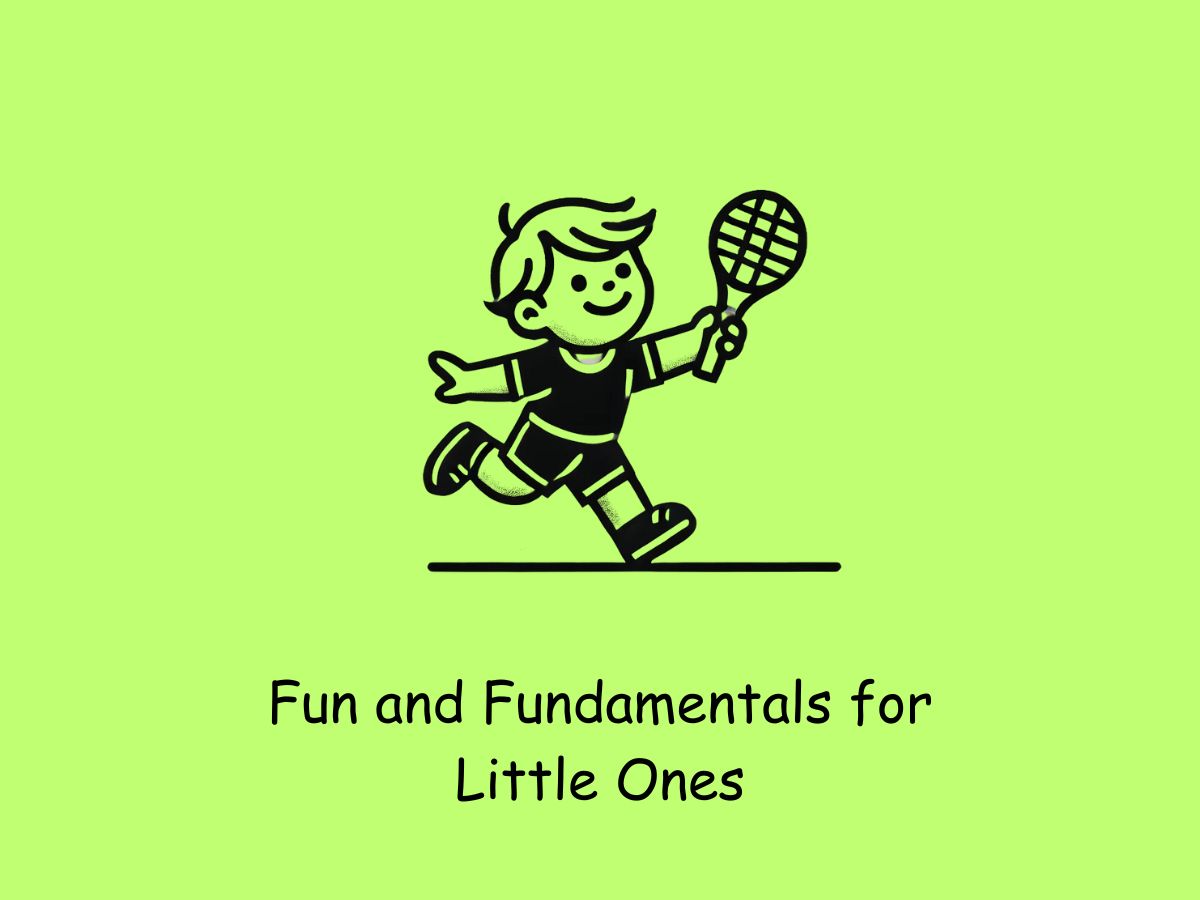
Teaching tennis to young children is all about making it fun while sneaking in the fundamentals. For kids aged 4-6, the focus should be on enjoyment and building basic skills. These little ones aren’t ready for complex tennis techniques yet. Instead, they need activities that help them develop balance, coordination, and agility1.
One great way to do this is through simple games and drills. For example, you can use a playground ball for activities like “One bounce – Two Bounce.” In this game, you toss the ball and call out a number. The child then tries to catch the ball after that many bounces5. This helps them learn to track the ball and judge its movement. Another fun activity is “Throw Ball,” where you use a playground ball and a makeshift net. The child practices throwing and catching, which mimics the motion of tennis strokes5.
Remember, at this age, it’s not about perfect form or winning games. It’s about creating positive experiences with tennis. Use colorful equipment, make up silly games, and keep sessions short to match their attention spans. The goal is to help them fall in love with movement and play. This early positive association with tennis can set the stage for a lifelong enjoyment of the sport1.
Stepping Up: Training for 8-9 Year Olds
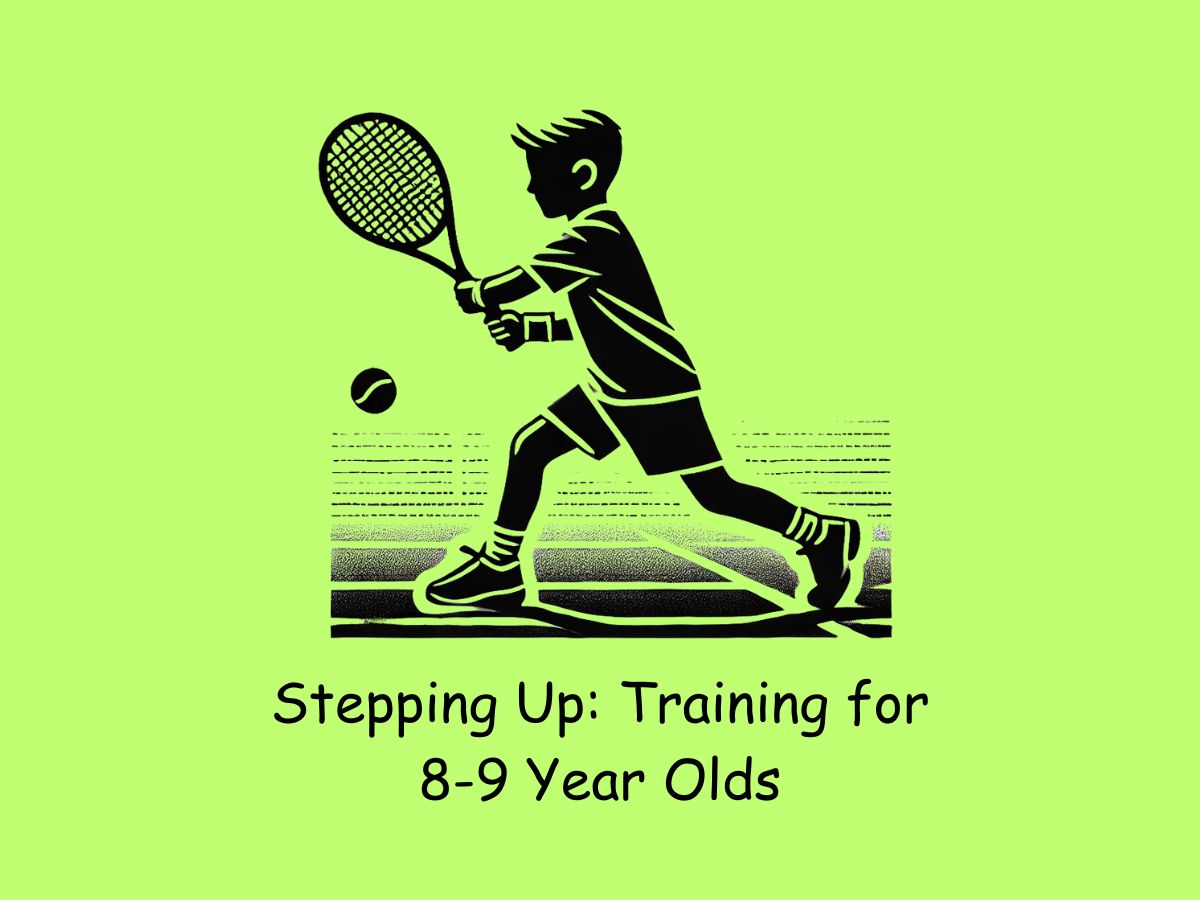
As young tennis players reach the 8-9 year old range, their training can become more focused and strategic. This age group, often called the Orange Stage, is ready to explore tactics and problem-solving on the court1. It’s an exciting time when kids start to understand the game more deeply and can handle more complex drills and exercises.
At this stage, coaches can introduce more tennis-specific skills. Players can start working on different types of shots, like forehands, backhands, and volleys. They’re also ready to learn about court positioning and basic game strategies1. However, it’s important to keep the training fun and engaging. Use games and drills that challenge their growing skills while still feeling playful.
Mental training also becomes more important at this age. Kids can start learning about sportsmanship, teamwork, and how to handle competition1. Simple visualization exercises can help them prepare for matches and build confidence6. Remember, the goal is still to foster a love for the game. Encourage effort over results, and help them develop leadership qualities that will benefit them both on and off the court1.
Transitioning to Full Court: 9-10 Year Olds
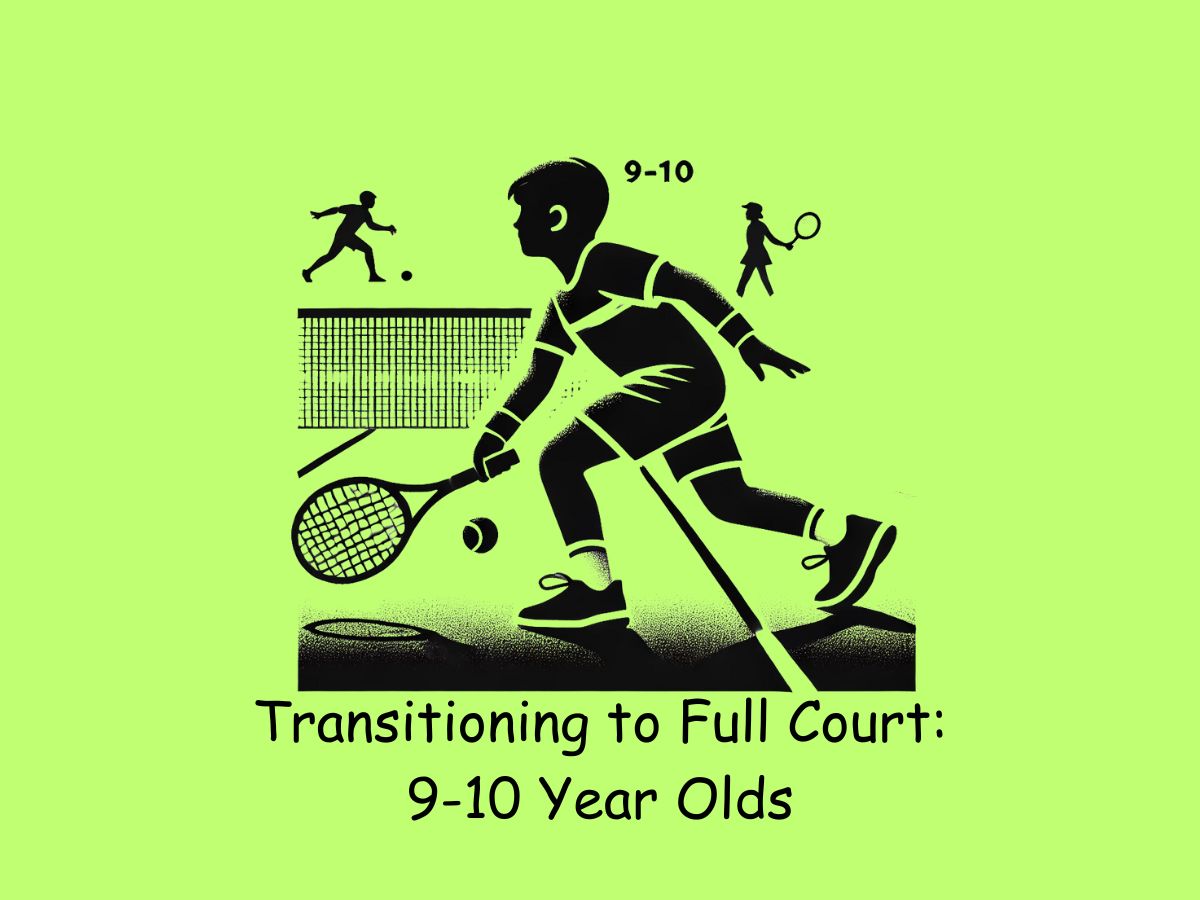
As young tennis players reach 9-10 years old, they’re ready for an exciting new challenge: playing on a full-size court. This stage, often called the Green Stage, is a big step in their tennis journey. Players at this age are growing stronger and more skilled, making them ready to handle the larger playing area1.
During this transition, coaches focus on refining skills and techniques. Players work on improving their shots and learn to cover more ground on the court. It’s also a time when they start to understand more complex game strategies. Coaches introduce new drills and exercises that help players adapt to the full-court environment1.
At this age, kids are also learning to handle more competitive situations. They’re developing mental toughness and learning how to stay focused during longer rallies and matches. Coaches might use visualization exercises to help players prepare for different match scenarios. The goal is to help them grow their game while building confidence and resilience15.
Building Skills and Strategy: 10+ Age Group
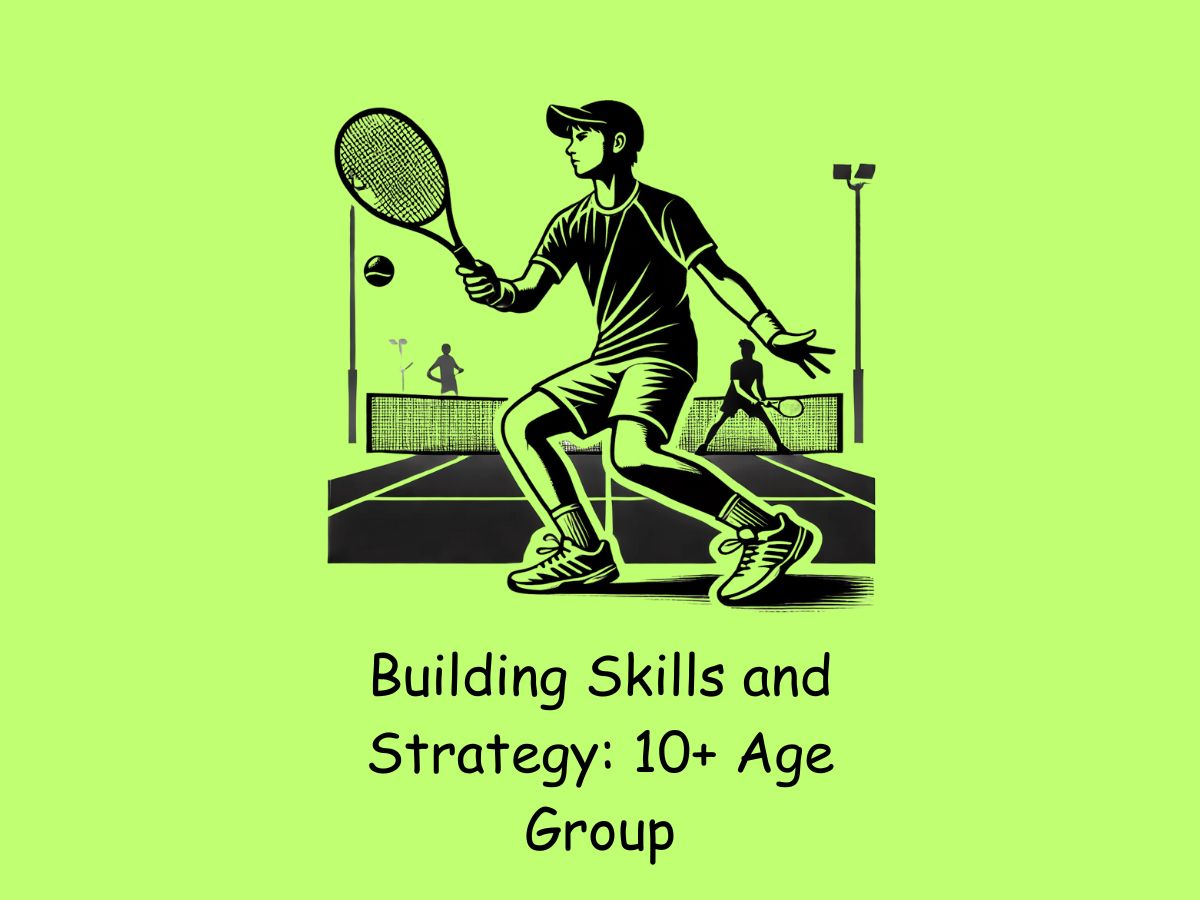
For tennis players aged 10 and above, training becomes more advanced and focused. At this stage, known as the Yellow Stage, players use full-size balls on regulation courts, just like the pros. It’s an exciting time when young athletes can really start to develop their unique playing style1.
Coaches at this level work on fine-tuning techniques and introducing more complex strategies. Players learn about different game styles and how to adapt their play to various opponents. They also focus on improving specific shots, like powerful serves or tricky spin shots. The training is designed to help each player find and develop their strengths on the court1.
Physical fitness becomes increasingly important at this age. Coaches might introduce more structured strength and conditioning exercises to improve speed, agility, and endurance. This helps players handle the demands of longer matches and tournaments. Mental training also plays a big role, with players learning techniques to stay focused and confident during high-pressure situations26.
The Importance of Mental Training
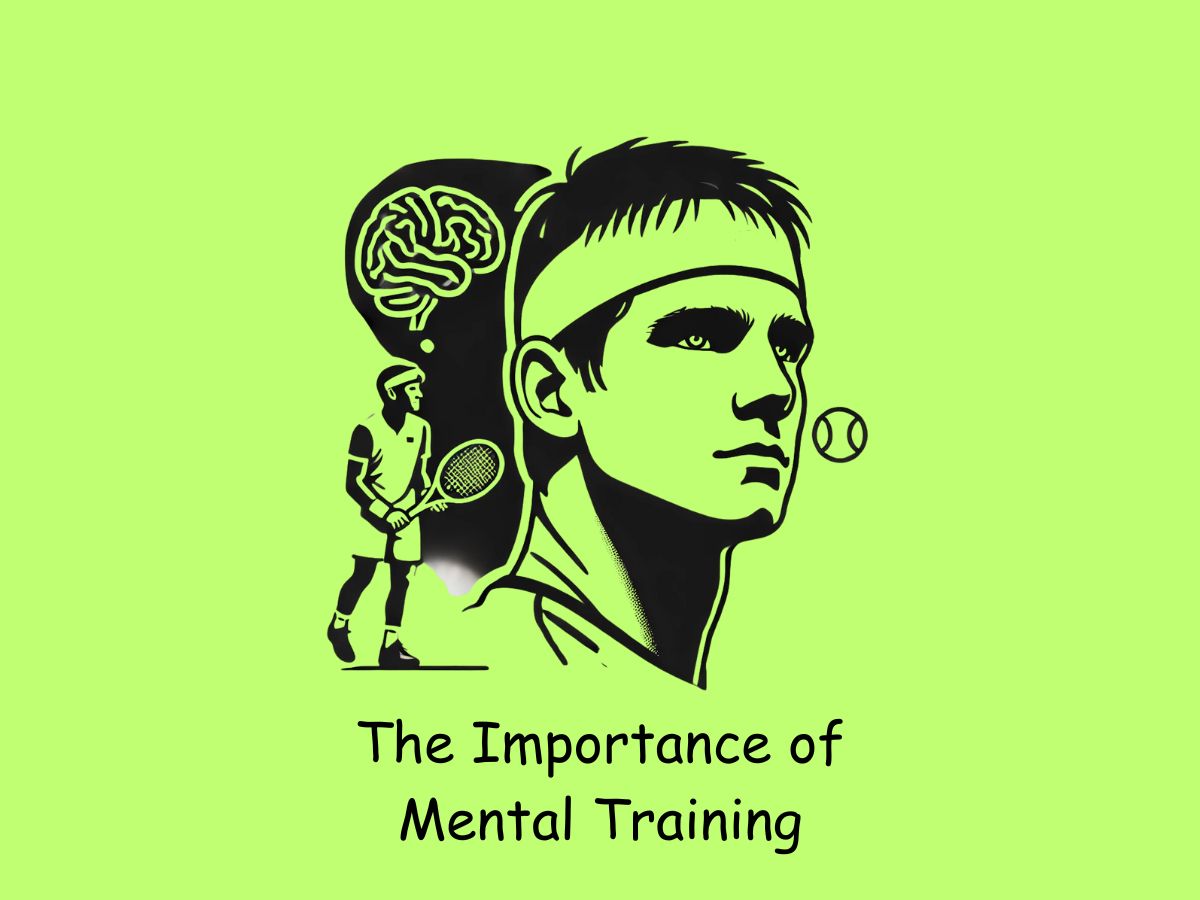
Mental training is a crucial part of developing young tennis players. It’s not just about hitting the ball well; it’s about having the right mindset on the court. Mental skills can make the difference between a good player and a great one, especially in tough matches2.
One key aspect of mental training is learning to manage emotions during a match. Tennis can be frustrating, and young players often struggle with anger or disappointment when things don’t go their way. Coaches teach techniques like controlled breathing to help players stay calm and focused. They also work on positive self-talk, encouraging players to replace negative thoughts with constructive ones25.
Another important mental skill is visualization. Players learn to mentally rehearse successful scenarios, which can boost confidence and improve performance. Coaches might also introduce mindfulness practices to help players stay present and focused during matches. These mental skills don’t just help on the tennis court – they’re valuable life skills that can benefit young players in many areas of their lives25.
Balancing Technique and Tactics
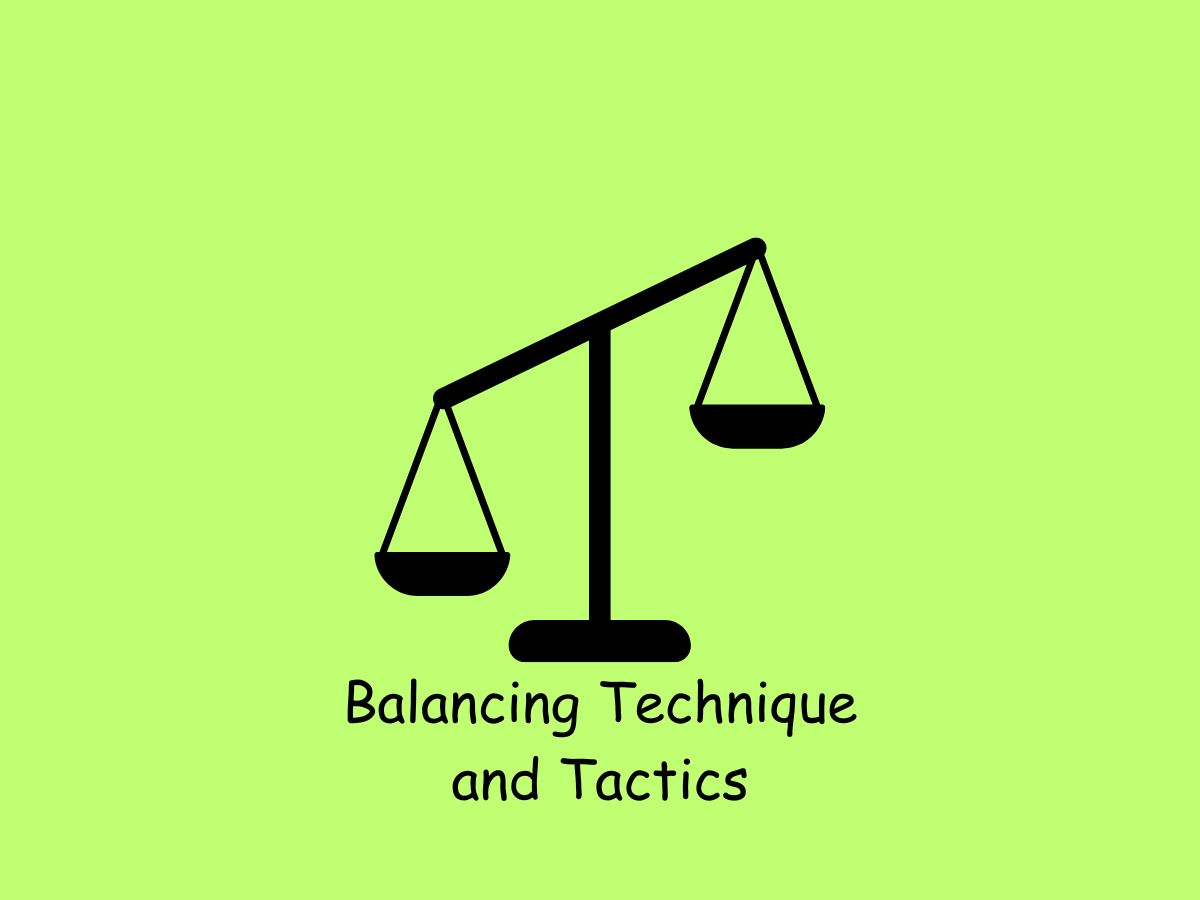
When training young tennis players, it’s important to find the right balance between technique and tactics. Technique is about how to hit the ball correctly, while tactics are about making smart decisions during a match. Both are crucial for success on the court.
For beginners, the focus should be on building a strong foundation of basic techniques. This includes learning the proper form for forehands, backhands, serves, and volleys. Coaches should use simple drills and exercises to help players develop these skills. As players improve, they can start working on more advanced techniques like spin shots and slice serves.
As players grow and develop, coaches can gradually introduce more tactical training. This might include teaching players how to read their opponent’s body language, how to position themselves on the court, and when to use different types of shots. Practice matches and situational drills can help players learn to apply their technical skills in real game scenarios. The key is to make sure players have a solid technical foundation before diving too deep into complex tactics.
Incorporating Technology in Training
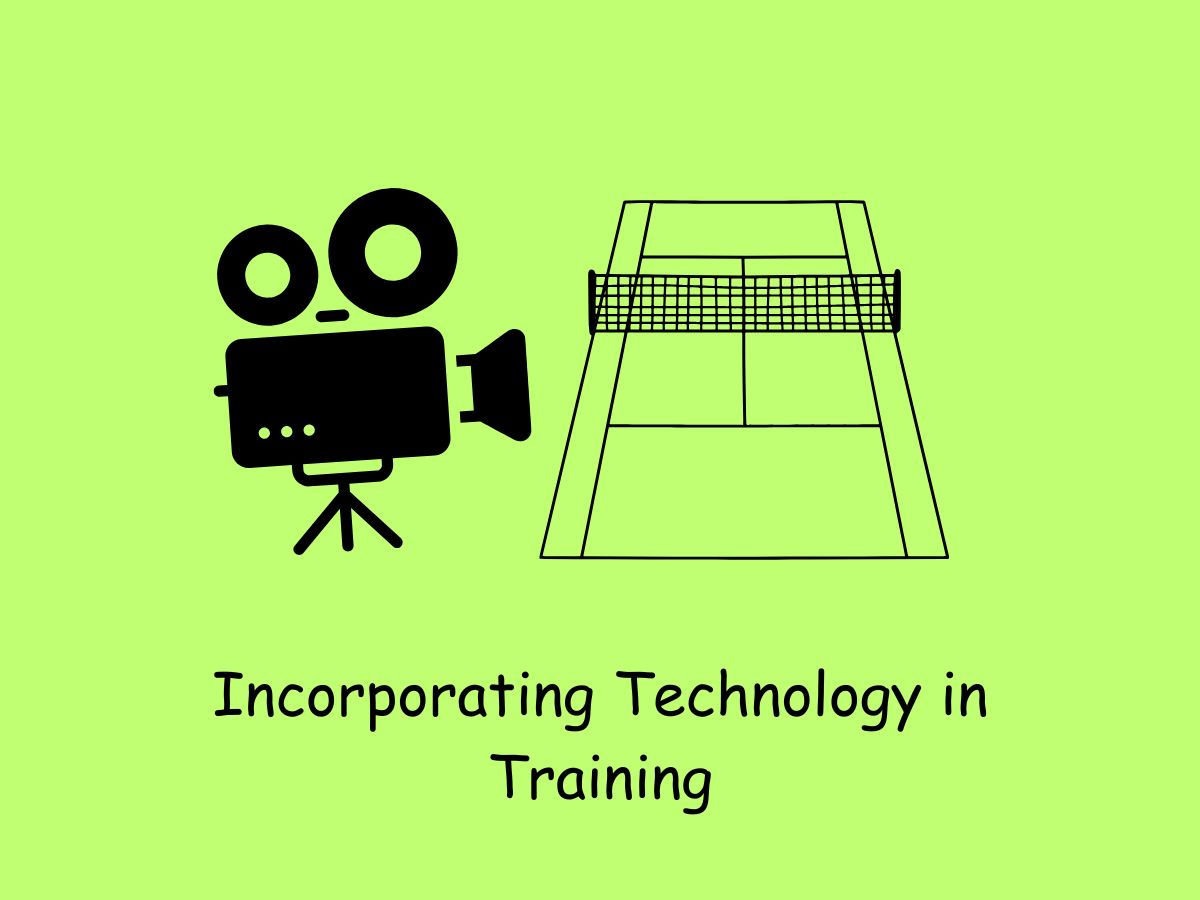
Technology has become a valuable tool in tennis training, even for young players. There are now many ways to use tech to help kids improve their game and make practice more fun and engaging.
One popular technology is video analysis. Coaches can record players’ strokes and then review the footage with them. This helps players see what they’re doing right and what they need to improve. Some apps even allow coaches to draw lines and angles on the video, making it easier to explain proper technique.
Another useful tech tool is ball tracking systems. These can measure things like ball speed, spin, and placement. This data can help players and coaches set specific goals for improvement. For example, a young player might work on increasing their serve speed or improving their shot accuracy. Some tennis centers also use interactive screens or virtual reality systems to create fun, game-like training exercises. These can make practice more exciting while still teaching important skills.
Creating a Lifelong Love for Tennis
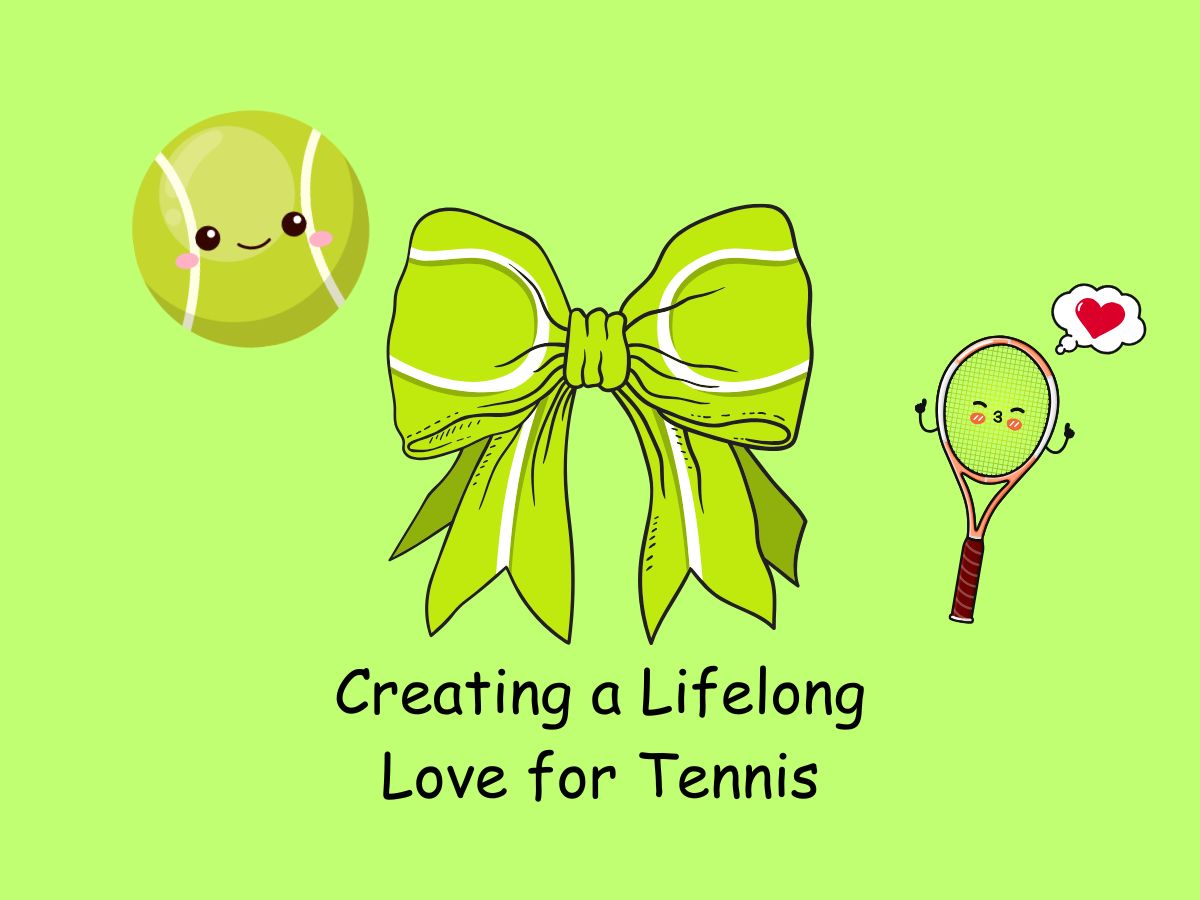
Developing a lasting passion for tennis in young players is just as important as teaching them skills. When kids enjoy playing, they’re more likely to stick with the sport and keep improving over time.
One key to creating this love for tennis is to make it fun. Coaches and parents should focus on enjoyment, especially for younger players. This might mean using games and challenges in practice, rather than just repetitive drills. It’s also important to celebrate effort and improvement, not just wins and losses. This helps kids feel good about their progress and want to keep playing.
Another way to foster a lifelong love for tennis is to create positive social experiences. Encourage friendships between players and organize team activities. Family involvement can also make a big difference. When parents play tennis with their kids or attend their matches, it can strengthen the child’s connection to the sport. Remember, the goal is not just to create good players, but to help kids discover a sport they can enjoy for years to come.
Conclusion
You’ve now explored many ways to help young tennis players grow and enjoy the game. Think about how these ideas can fit into your current training methods. Keep in mind that every child is different, so be ready to adapt and adjust your approach as needed.
Remember, the goal is to create a positive environment where kids can learn, develop, and have fun. By focusing on age-appropriate training and a love for the sport, you can help young players reach their full potential.
If you have more questions or need extra guidance, please reach out. Feel free to send your questions to jaiden@jaidensmedia.com. I’m happy to offer more support and information. Now, go out there and make a positive impact on the next generation of junior tennis players!
FAQs
At what age should kids start playing tennis?
Kids can start as young as 4-6 years old, focusing on fun and basic motor skills.
What are the key things to focus on with young tennis players?
Focus on fun, building fundamental motor skills like balance and coordination, and creating positive experiences.
How can I make tennis training fun for young children?
Use colorful equipment, create silly games, and keep sessions short to match their attention spans.
What is the “Orange Stage” in tennis training?
The Orange Stage is for 8-9 year olds, focusing on tactics, problem-solving, and tennis-specific skills.
How important is mental training for young tennis players?
Mental training is crucial for managing emotions, building confidence, and developing valuable life skills.
What are some ways to incorporate technology into tennis training?
Use video analysis to review strokes, ball tracking systems to measure performance, and interactive screens for game-like exercises.
How can I help young players develop a lifelong love for tennis?
Focus on enjoyment, celebrate effort, encourage friendships, and involve families in the sport.
What is the “Green Stage” in tennis?
The Green Stage is for 9-10 year olds where they transition to playing on a full-size court.
What is more important, technique or tactics?
Both are important, start with technique, and incorporate tactics as they progress.
Where do kids go after the Green Stage?
After the Green Stage, tennis players progress to the Yellow Stage, which is for players aged 10 and above. In this stage, they play on full-size courts with regulation balls.
